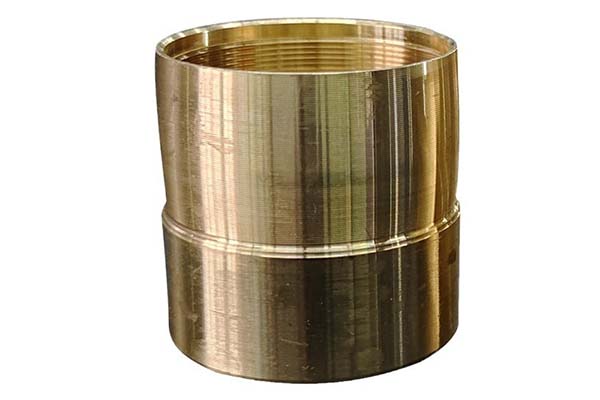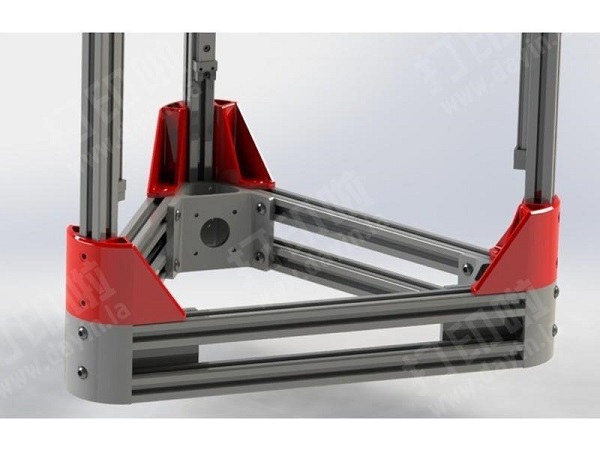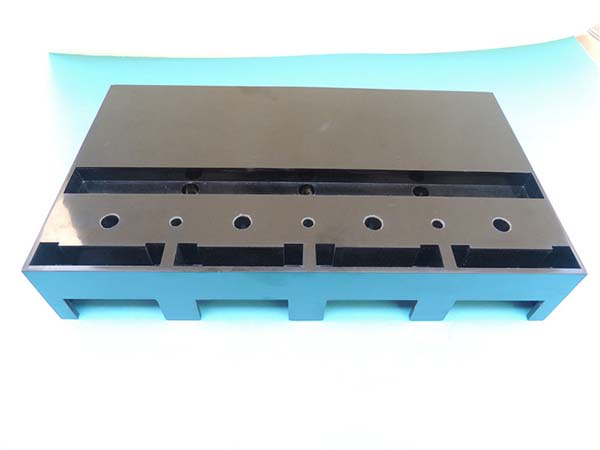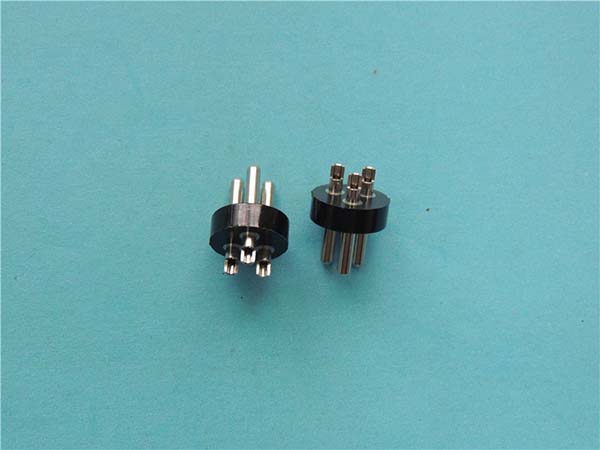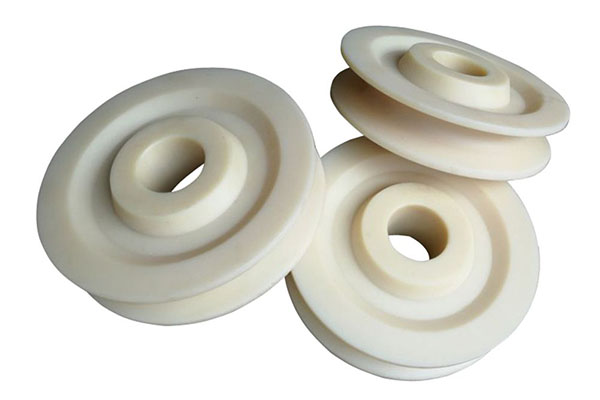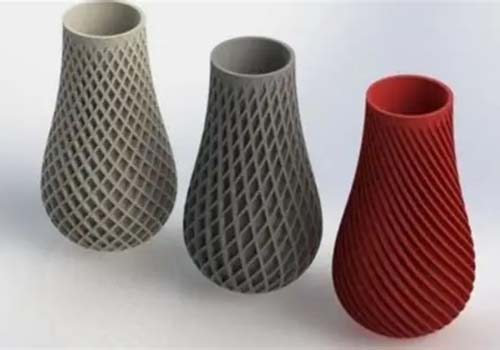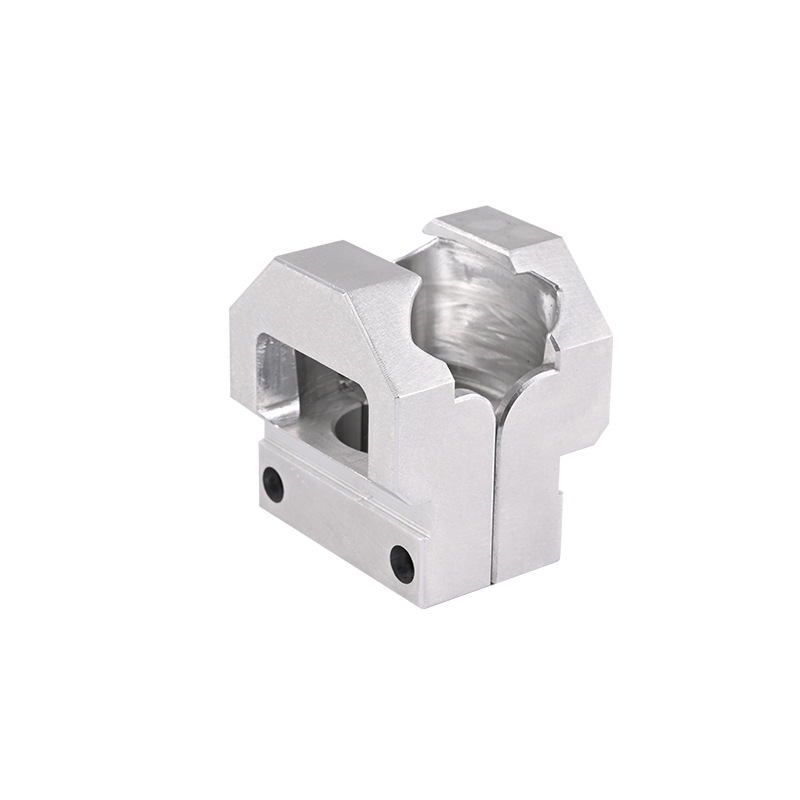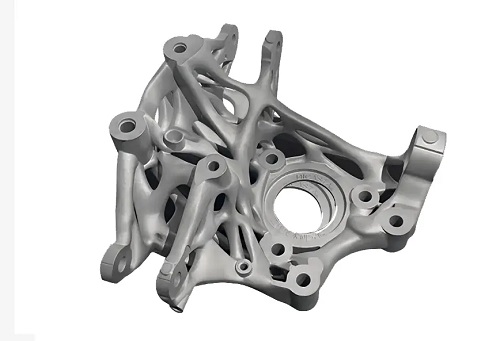Introduction
In the rapidly evolving landscape of modern manufacturing, 3D printing has emerged as a revolutionary technology, and 3D printing brass is no exception. Brass, an alloy primarily composed of copper and zinc, has been a staple in various industries for centuries due to its unique combination of properties such as excellent corrosion resistance, high thermal and electrical conductivity, and attractive aesthetic appearance. With the advent of 3D printing, the possibilities of using brass in manufacturing have expanded exponentially.
3D printing brass allows for the creation of highly complex geometries that were previously unattainable through traditional manufacturing methods. This not only enables the production of more efficient and functional parts but also opens up new design opportunities for engineers and designers. From intricate jewelry pieces to high - performance mechanical components in the aerospace and automotive industries, 3D printed brass parts are making their mark.
Moreover, 3D printing brass can significantly reduce material waste compared to subtractive manufacturing processes. In traditional machining, large amounts of raw material are often cut away to achieve the desired shape, while 3D printing builds parts layer by layer, using only the necessary amount of material. This not only saves costs but also aligns with the growing trend towards sustainable manufacturing.
However, like any emerging technology, 3D printing brass also faces its own set of challenges. The cost of the 3D printing equipment, the quality and availability of brass filaments or powders, and the need for specialized post - processing techniques are some of the aspects that need to be carefully considered. In the following sections, we will delve deeper into the various aspects of 3D printing brass, including the different 3D printing technologies suitable for brass, the properties of 3D printed brass parts, and how to overcome the challenges associated with this innovative manufacturing method.
What is 3D Printing Brass?
3D printing brass is a sophisticated additive manufacturing process that creates three - dimensional objects by layering brass - based materials. Unlike traditional manufacturing methods such as casting or machining, 3D printing brass builds parts from the ground up, layer by layer, based on a digital 3D model.
The Material: Brass
Brass is an alloy composed mainly of copper (Cu) and zinc (Zn). The typical composition can vary, but a common brass alloy might contain around 60 - 70% copper and 30 - 40% zinc. This combination endows brass with a unique set of properties. Copper provides excellent thermal and electrical conductivity, as well as good corrosion resistance in many environments. Zinc, on the other hand, enhances the strength and hardness of the alloy, making it more durable for various applications. The addition of zinc also gives brass a distinct yellow - gold color, which is aesthetically pleasing and has led to its use in decorative applications for centuries.
The 3D Printing Process
- Model Creation: The first step in 3D printing brass is creating a 3D model. This can be done using computer - aided design (CAD) software, where engineers and designers can precisely define the shape, size, and internal structure of the object. For example, if you are designing a brass mechanical part, you can use CAD to create complex geometries such as internal channels or lattice structures that would be extremely difficult to achieve with traditional manufacturing.
- Slicing the Model: Once the 3D model is complete, it is sliced into thin layers by specialized software. Each layer represents a cross - section of the final object. The thickness of these layers can range from as thin as 0.05 mm to 0.3 mm, depending on the desired level of detail and the capabilities of the 3D printer.
- Printing: There are several 3D printing technologies suitable for brass. One common method is Selective Laser Melting (SLM). In SLM, a high - power laser is used to selectively melt and fuse layers of fine brass powder. As the laser scans across the powder bed according to the sliced layer data, the brass powder melts and solidifies, bonding to the previously printed layer. Another method is Binder Jetting. In this process, a liquid binder is selectively deposited onto a bed of brass powder to form each layer. After the entire object is printed, the part is typically sintered in a furnace to increase its density and strength.
- Post - Processing: After printing, the 3D printed brass object usually requires post - processing. This can include removing any remaining powder, polishing the surface to improve its finish, and heat - treating to enhance mechanical properties. For instance, heat - treating can relieve internal stresses in the printed part and improve its ductility and hardness.
Advantages of 3D Printing Brass
High Precision
One of the remarkable advantages of 3D printing brass is its high precision. In Selective Laser Melting (SLM) 3D printing of brass, the precision can reach up to ±0.05 mm in some advanced systems. For instance, in the production of small - scale brass components for electronic devices, this high - level precision ensures that the parts fit together seamlessly. In contrast, traditional casting methods may have a dimensional tolerance of around ±0.5 mm for similar - sized components. This significant difference in precision means that 3D printed brass parts often require less post - processing to meet tight tolerance requirements. High - precision 3D printed brass parts are crucial in industries such as jewelry making, where the slightest deviation in size can affect the overall aesthetics and value of the product.
Complex Geometries
3D printing brass enables the creation of complex geometries that are nearly impossible to achieve with traditional manufacturing techniques. Take, for example, the production of a brass heat exchanger with internal lattice structures. These lattice structures can enhance heat transfer efficiency while reducing the weight of the component. Traditional manufacturing methods like machining or casting would struggle to create such intricate internal structures. Another example is the production of brass art sculptures with detailed and organic shapes. 3D printing allows artists and designers to bring their most creative and complex designs to life. The design freedom offered by 3D printing brass is a game - changer in industries that demand unique and highly customized products.
Material Efficiency
3D printing is an additive manufacturing process, which means it is highly material - efficient when it comes to brass. In traditional subtractive manufacturing, such as milling or turning, a large amount of brass material is cut away and discarded to create the desired shape. In some cases, up to 90% of the original brass material can be wasted. In contrast, 3D printing brass builds parts layer by layer, using only the amount of material required for the final product. This not only reduces the cost of raw materials but also minimizes waste, making 3D printing a more sustainable option for manufacturing brass components. For companies looking to reduce their environmental footprint and cut down on production costs, 3D printing brass's material - efficiency is a major selling point.
Yigu Technology's View
As a non - standard plastic metal products custom Supplier, Yigu Technology firmly believes that 3D printing brass holds great promise. The ability to create customized, complex - shaped brass components with high precision aligns perfectly with our commitment to delivering unique solutions for our clients.
We see 3D printing brass as an opportunity to expand our service offerings. It allows us to produce parts that were previously difficult to manufacture, opening doors to new industries and applications. For example, in the production of customized brass - based fixtures for the electronics industry, 3D printing brass can provide a cost - effective and rapid solution.
However, we also recognize the challenges. The high cost of 3D printing equipment and the need for skilled technicians to operate and maintain it are hurdles we are working to overcome. We are investing in research and development to optimize the 3D printing process for brass, reduce material waste further, and improve the overall quality of our 3D printed brass products. By staying at the forefront of this technology, we aim to provide our customers with the best - in - class non - standard plastic metal products.
FAQs
What are the common materials used in 3D printing brass?
Common materials for 3D printing brass include brass powder for powder - bed fusion techniques like Selective Laser Melting (SLM). This powder typically has a particle size distribution in the range of 15 - 53 μm, which allows for precise melting and layering during the printing process. Another material is brass - filled filaments used in Fused Filament Fabrication (FFF) 3D printers. These filaments usually contain a high percentage of brass particles mixed with a polymer binder, such as PLA (Polylactic Acid) or ABS (Acrylonitrile Butadiene Styrene). The brass - filled filaments can have a brass content ranging from 60 - 80% by weight, which imparts the characteristic properties of brass to the printed parts.
How to ensure the quality of 3D printed brass products?
To ensure the quality of 3D printed brass products, several key steps are crucial. First, in the pre - printing stage, carefully calibrate the 3D printer. Check the alignment of the print bed, ensure the accurate deposition of materials, and verify the proper functioning of the laser (in powder - bed fusion printers) or the extrusion system (in filament - based printers). For example, in SLM, a misaligned laser can lead to inconsistent melting of the brass powder, resulting in weak spots in the printed part. During the printing process, monitor the temperature closely. In SLM, maintaining the correct powder - bed temperature helps in reducing thermal stress and warping. After printing, thorough post - processing is essential. Sandblasting can be used to remove any remaining powder and smooth the surface, while heat - treating at an appropriate temperature (usually around 300 - 400°C for brass) can improve the mechanical properties such as hardness and ductility.
What are the future development trends of 3D printing brass?
In the future, 3D printing brass is likely to see significant material innovation. Scientists are researching new brass alloy compositions that can further enhance properties like corrosion resistance and strength, making 3D printed brass parts suitable for more demanding applications, such as in marine environments. The application scope will also expand. For instance, in the construction industry, 3D printed brass components could be used for high - end architectural details, taking advantage of the ability to create complex geometries. In the electronics field, 3D printed brass parts may be used to fabricate more efficient heat sinks with customized internal structures for better heat dissipation. Additionally, we can expect to see improvements in 3D printing technology, leading to faster printing speeds and lower costs, making 3D printed brass more accessible to a wider range of industries and users.
